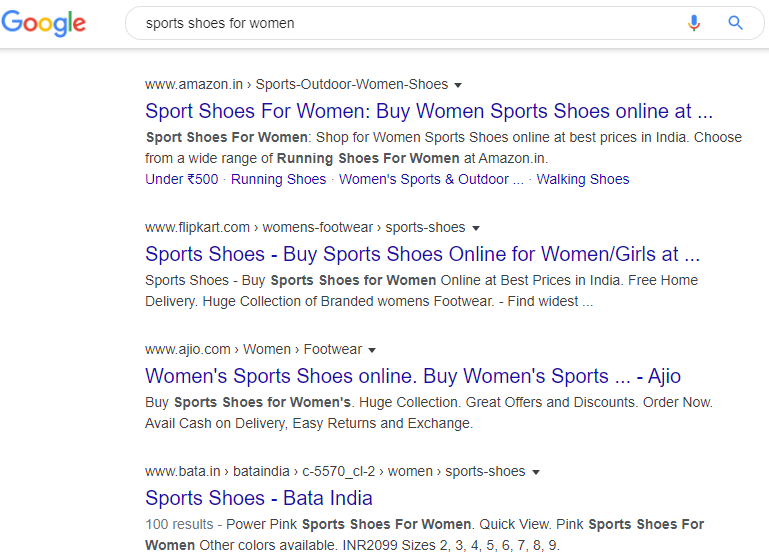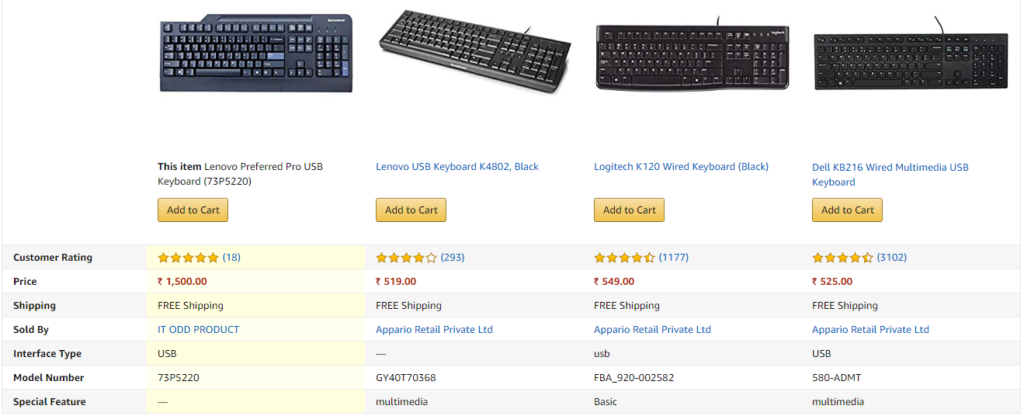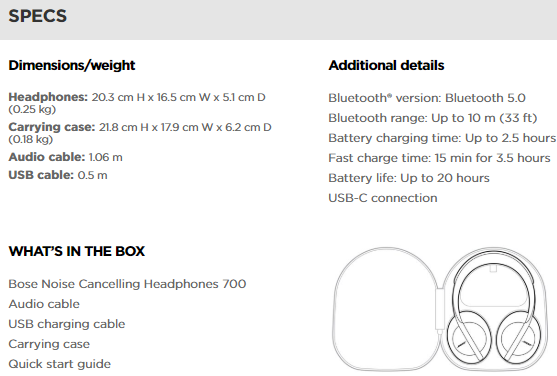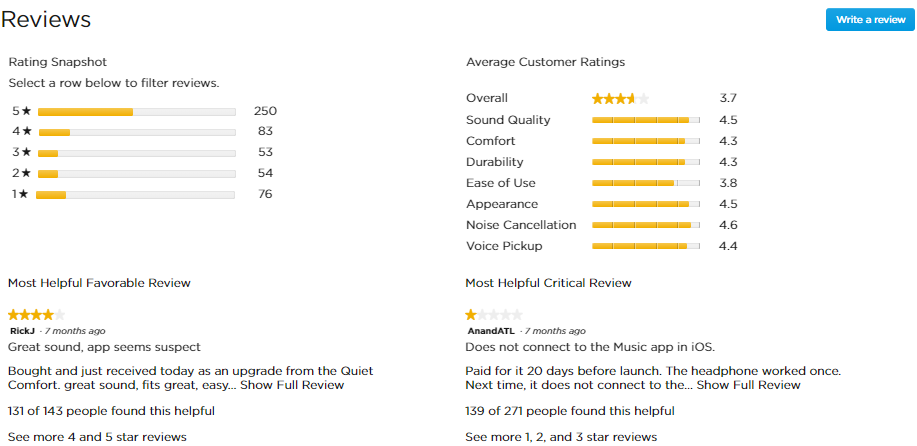Table of Contents
E-commerce is now a vast and growing industry, thanks to Dan Kohn and Phil Brandenberger. They are not ordinary people. Kohn, the then CEO of retail platform NetMarket, sold a CD to Brandenberger via a credit card transaction, which became the first-ever e-commerce transaction! Ever since, e-commerce has not looked back. Globally, there is an estimated number of around 12-24 million e-commerce stores today! One of the most or, maybe, the most vital aspect of e-commerce is product management.
Let’s look at what exactly is e-commerce product management.
What is Product Management in E-commerce?
Product management is the process of developing and launching, and looking after all the marketing and customer necessities of the product. Efficient product management has always been a success in the world of traditional retail. However, now it is even more vital in the realm of e-commerce.
In e-commerce, it is not just about the product, but the overall experience of the store/website. It is an intersection of a good business model, technology, and user experience. For that reason, product managers or the person(s) responsible for the product management of an e-commerce site must hold the necessary skills, such as business, technical, and communication. The aim is to sell most of the products if not all.
Product management involves creating a product vision and building a strategic plan to market the product. It is a shared responsibility with other teams in the business in successfully following this plan. But it does not stop with just that. It is also about taking care of the post-sales process, which includes (but not limited to) sales performance, customer experience, and inventory stock.
E-commerce Product Management Strategies
Product management is a huge responsibility that requires exceptional care and effort. Here are some of the strategies you could consider while managing the products on your e-commerce site.
Know your customers
The first step in exceeding your customer’s expectations is to know those expectations. – Roy H. Williams
Modern-day consumers are a different class of people. No joke! With the power of technology and everything just a click away, they are unstoppable. If e-commerce retailers cannot keep up with their needs, they are bound to fail. Unlike the old commerce, the customers will not wait for you to meet their expectations. The internet is quick, so are its users. If not you, then they will move on to others.
Conduct proper research on the targeted customers and study their behavior online – what do they want, how do they search for products, what do they dislike in e-commerce, etc. All these factors will help you in planning a great product vision and creating compelling content for your site, precisely the way your customers would want it.
Product/Market research
You can sell anything. However, not everything will bring profit. A smart business owner knows what is missing from the market, what are the current trends, and what people demand. Product research and customer research are interrelated.
The market research isn’t just about what you are selling. It is also about its quality, how you want to market it, and other nuances, like negotiating with stakeholders, packing, ordering, payment, delivery, returns, refunds, etc. You must develop your marketing strategy around these factors for a profitable business.
Search Engine Optimization Tactics
Every website requires good traffic. E-commerce is no different. The more the visibility of the web page, the more traffic it will get. You must not be a stranger to Search Engine Optimization (SEO) if you already own an online store. No? Well, maybe it is time you get to know about the advantage of SEO in an e-commerce environment. SEO is the process of gaining website traffic from unpaid and organic search results.
And how do you do that? Your site should answer all customer questions related to the product, add eye-grabbing images (with suitable alt-texts) and videos, and include keywords generally seen in customer searches to rank well.


Internal and external communication
No one can whistle a symphony. It takes a whole orchestra to play it. – H.E. Luccock
The success of any business is its team behind it and effective communication within. Often, product development takes more than one person. Just like that, all the members of the business must communicate with each other and come up with a creative selling strategy for the products they develop or sell.
Just like internal communication, it is essential to maintain external communication, i.e., with your customers. Get to know what they expect from you, their experience, and what you can do to improve.
Comparative analysis
Consumers want what is best on the market. The internet has made it easy for them to look for the product they want in multiple places and compare and narrow down to the best one. Even branded items fail if they don’t compare well with others!
This is one strategy you must adopt while managing your product – instead of making customers hop between multiple sites, make them stay in yours. And how do you do that? Show them how your product fares well against others in the market. Do not hesitate to draw such comparisons on the product page. Preferably, with real-time updates. In case you sell the same type of products of multiple brands, a comparative analysis between them wouldn’t hurt.
Here is what Amazon does:

Product information
The product page is where your customers will spend most of their browsing time. This is the part that should convince customers to spend their money. So give them what they want! If you offer a boring description without much content, there is nothing you can stop them from moving on to other platforms. Lack of content-rich information may even supersede discounts and brand value. In fact, inadequate product information is one of the leading causes of card abandonment (it happens a lot!).
So, to maintain the interest of the customers and get a successful checkout, the product page should be perfect.
The product information should be the combination of proper customer research, market analysis, internal and external communication, smart SEO tactics, and in-depth comparative study. All these things will make a compelling product content that will attract customers. Make it content-rich with attractive HD images, videos, amazing catchphrases, interactive features, user reviews, recommendations, FAQs, etc.
In the case where you get product specifications from the product company, you could modify it to make it unique and consumer and SEO friendly.
Here is an example of a product page for Bose headphones. They have HD images and videos supported by interactive material and user reviews and FAQs.






It is an attractive page that will surely make you stay and explore the product for a while. (Source)
E-commerce product emails
One of the best ways to promote products on your online store is by emailing your customers about it. It is one of the easiest methods to reach people. Creating appealing content with good visuals for the products and eye-catching subject line will grab their attention. More brownie points for you if you can make it personalized. It is also one way to bring them back to their abandoned carts.

Do remember one thing, though – do not spam! Ever! Send promotional emails and newsletters in moderation. You do not want the customers to drag you into the spam folder.
Social media presence
Social media’s reach in the last few years has been astounding. There has been an exponential growth in the number of businesses using social media platforms to pitch their products. Not surprising since people are spending more and more time on social media, such as FaceBook, Instagram, YouTube, and Twitter.
These platforms make up for a great way to reach your targeted customers. People post about a lot of things, including their shopping requirements and interests. You can promote your products to them and assist them in making better decisions. Create attentive advertising posts about products with the right SEO tactics and engage with your followers.
Here is Flipkart’s Facebook sponsored post getting customers’ attention with special discounts. (source)

Swiggy’s posts on Instagram are always a delight – simple yet interesting (and relatable).
Also, adding social media widgets and buttons to your store is a good idea, because existing customers can share information about their purchases or their products of interest. This results in visibility for your products.
Customer service
Communicating with customers has already been mentioned, but customer service deserves special notice. No customer-driven business can do away without providing impeccable service to its customers. Customers today are highly opinionated and value service interaction.
24*7 connectivity to the internet allows them to be highly active, and hence, they expect quick responses from you. They do not hesitate to share any opinion of your service, whether it is good or bad. E-commerce services should be quick on their toes to respond to customer queries about their products. Delayed response is almost as bad as not responding at all. The person dealing with them should be well-trained and educated about the products well enough to guide the customers.
Finding the right platform
It is nice to build a website from scratch for your online store. However, some folks are not professional developers or web designers or do not want to hire one to design a site. If you are one of them, then do not worry! You could always take help from an e-commerce platform provider.
There are many e-commerce platforms around. It is all about choosing the right one that suits your business requirements. Many software services can enhance your store’s product management with its platform.
Here are some of the e-commerce platforms that offer the best services for online stores:
Managing time
“Time is more valuable than money. You can get more money, but you cannot get more time.” – Jim Rohn
Time management in e-commerce has a lot to do with its product management. In an online store, you cannot simply place the product for sale anytime. You need to analyze the best time to launch and be one step ahead of the competition. The digital environment depends a lot on real-time updates too.
One of the most devastating or, rather, embarrassing problems an e-commerce business could face is the product being “out of stock.” That is a case of an instant loss of interest in your store for customers and gain for competitors. Real-time updates, hence, are essential. Product managers must ensure that the inventory is always stocked unless there is a reasonable justification for it.
You need to make sure all factors relating to the products are ready and arrive on time. Poor managing of product schedules is the sign of a failing business. The key is to coordinate well with various teams and all the mediums.
Conclusion
E-commerce is a hit or miss. The best product management should offer a great user experience because it could turn visitors into customers and boost the sales revenue of your e-commerce store. Therefore, if you build your site around the customer needs, it is bound to hit the target. Do not lose them. Remember – your competitors are also just a click away!
Disclaimer: This article is the result of the author’s research and observation, and the purpose of the article is to share general information with the readers. For any e-commerce business-related assistance, we recommend getting professional guidance.
